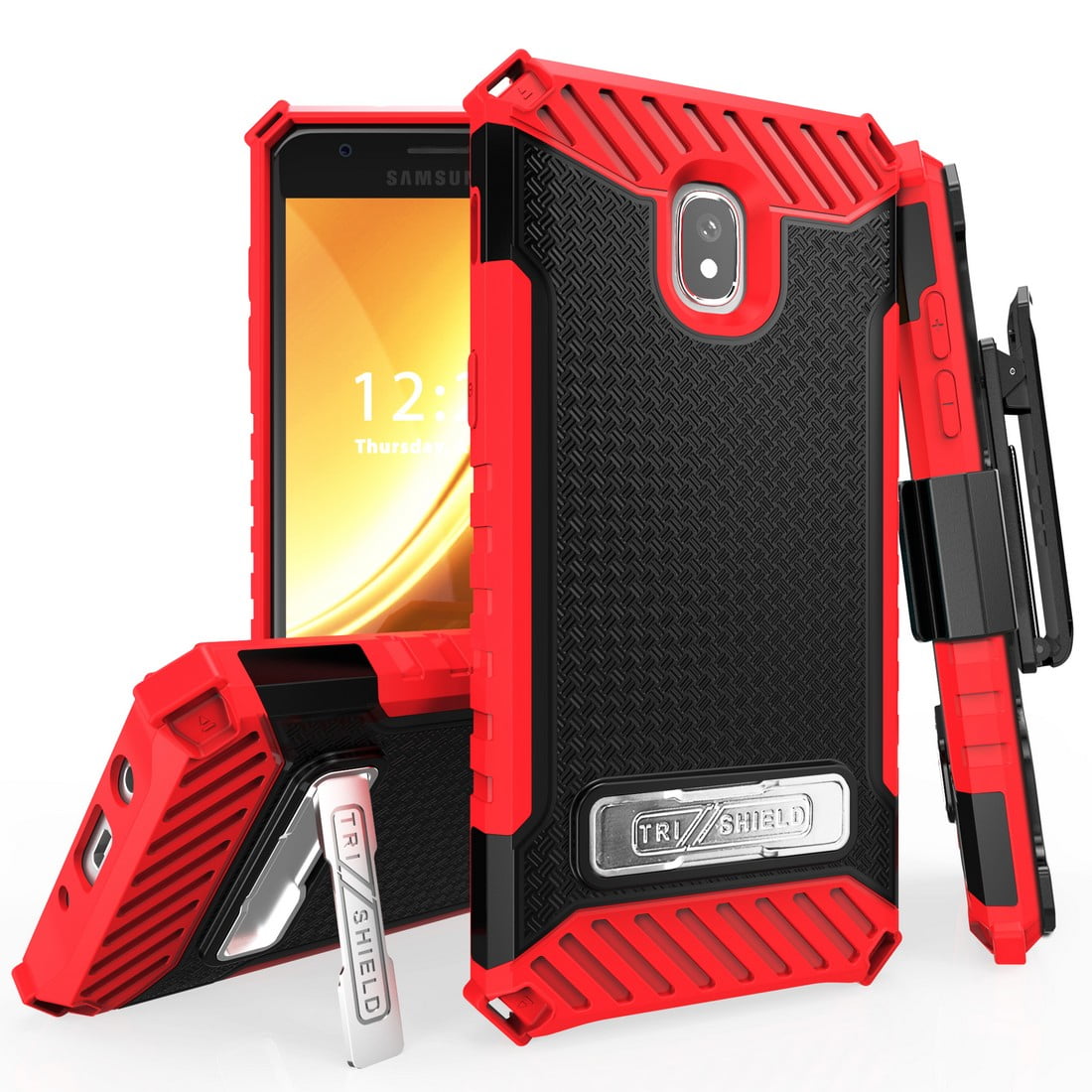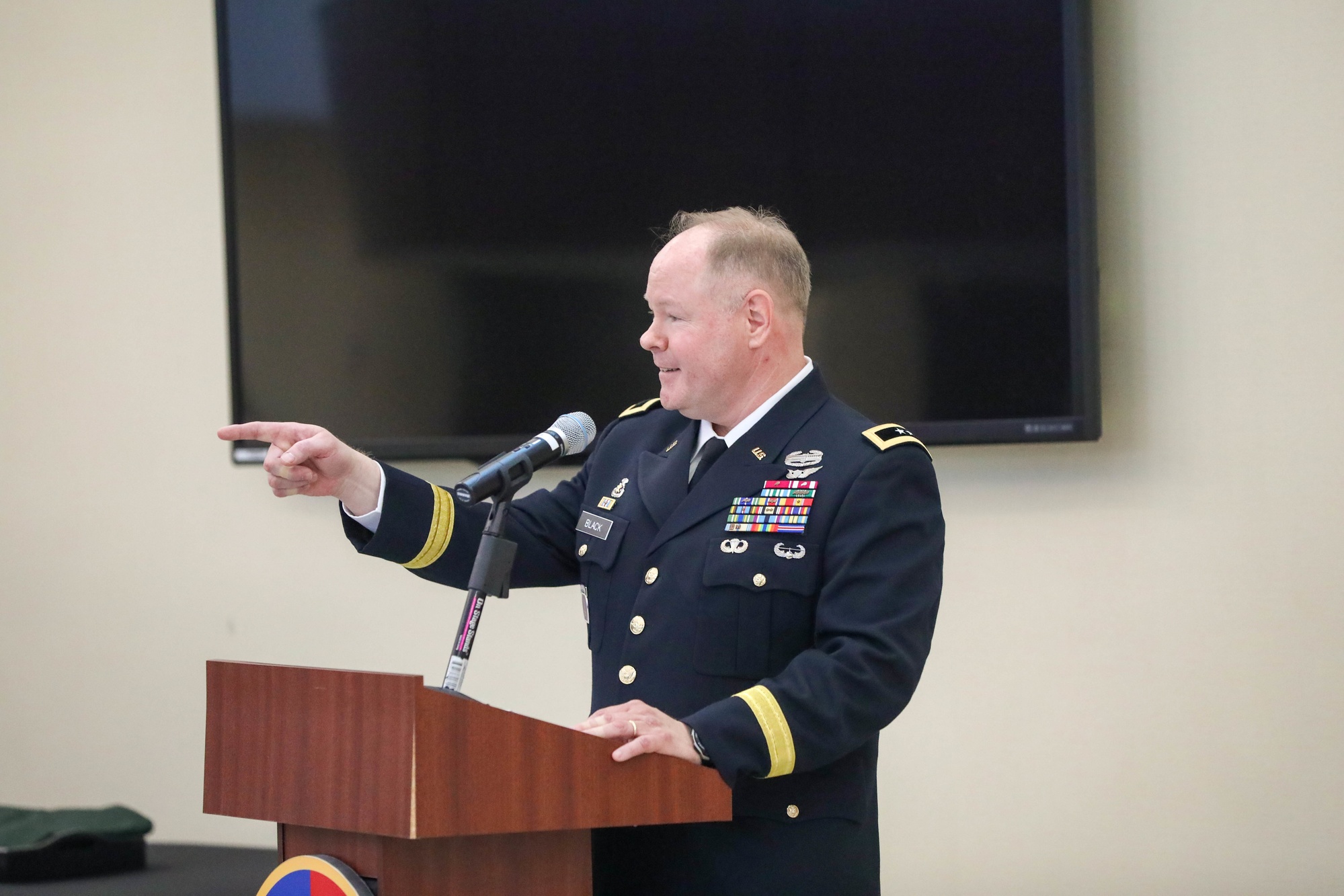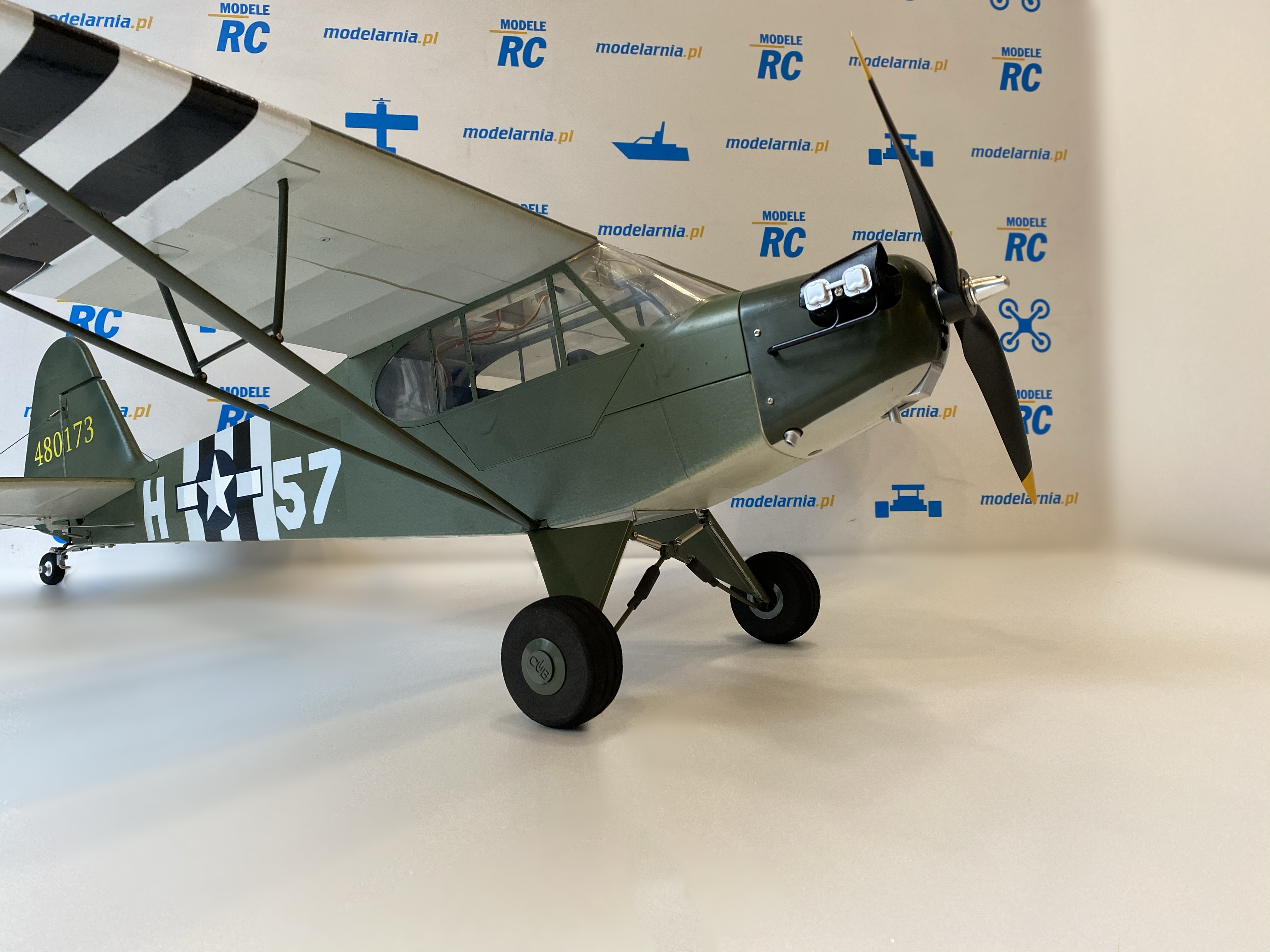Military J3 - The Piper J-3 Cub is an American light aircraft manufactured by Piper Aircraft between 1938 and 1947. The aircraft has a simple and light design. The Cub is Piper Aircraft's most-produced model, with nearly 20,000 built in the United States. Its simplicity, affordability and popularity compare it to the Ford Model T.
The aircraft is a strut-reinforced high-wing aircraft with wide rectangular wings. It is mainly driven by an air-cooled 4-cylinder flat piston. Drives a constant pitch propeller. Its body consists of a welded steel frame covered with fabric. Two people can sit next to each other
Military J3

Cub is designed as a trainer. He was very popular in this role and as a versatile fighter. due to its efficiency It is ideal for a wide range of military applications such as reconnaissance, liaison, and ground control It was mass-produced during World War II as the L-4 Grasshopper, many of which are still flying today. The colt is as tall as a bush plane.
Rely Mil Switch Router
The Taylor E-2 Cub first appeared in 1930. It was built by Taylor Aircraft in Bradford, Pennsylvania and sponsored by Bradford industrialist and investor William T. Piper. 2 Affordable prices were supposed to stimulate interest in aviation. Later, in 1930, the company went bankrupt. The property was purchased by Piper, chaired by founder C. Gilbert Taylor, in 1936. An earlier Cub had been converted into a J-2 by Walter Jamouneau's staff while Taylor was on sick leave (coincidentally, some believed the "J" stood for Jamouneau, while aviation historian Peter Bowers concluded that the letters followed versions E, F, G and H, where the "I" is omitted because it might be mistaken for the number one.).
When Taylor saw the new design he was so angry that he fired Jamouneau. However, Piper dared Jamuneau's shift and hired him back. Piper bought Taylor's stock in the company, paying him $250 a month for three years.
Although initial sales were slow, about 1,200 J-2s had been built before a fire at the Piper factory, a former silk weaving mill in Bradford, Pennsylvania. From Bradford, he transferred to Lock Hav, Pennsylvania J-3, which introduced other changes. with Jamouneau replacing J-2. and covered together with each side of the fuselage Changes the shape of the rear side window to a smooth curved half-oval outline. and the controllable rear wheel is located at the rear of the rear section. The J-2 leaf spring rudder combines the steering function with the lower d section of the rudder with springs and a light chain d section of the double horn rudder control. Powered by a 1938 40 hp (30 kW) engine, it sold for just $1,000.
Multiple Alternative Air Cooled Gins These are basically flat fours powered by J-3 Cubs, designated J3C when using the Contintal A series.
Operations Director, J3 (wartime) U.s. Army Forces Korea, Gains A Second Star
The outbreak of hostilities in Europe in 1939, along with the growing awareness that the United States might soon be drawn into World War II, led to the establishment of the Piper Model Airplane Pilot Training Program (CPTP). J-3 Cub became CPTP. initial training aircraft and played a key role in its success. About 75% of all new pilots in the CPTP (out of a total of 435,165 graduates) were trained at Cubs. During the war, 80% of all US military pilots received their initial flight training in the Piper.
The demand for new pilots fueled the appetite for the Cub. In 1940, the year before the US ended the war, 3,016 Cubs were produced. Wartime demand soon increased production to one cub every 20 minutes.
Before the United States ended World War II, the J-3 was part of a fundraising program to support the United Kingdom. A Piper Cub J3 with Air Force insignia, billed as a Flitfire, was donated by W.T. Piper and Franklin Motors to the RAF Bevolt Fund for a raffle. Piper distributors across the country ventured to do the same: on April 29, 1941, a total of 48 Flitfire aircraft were delivered, one for each of the 48 states that made up the nation at the time. flew to La Guardia Fields to donate and raise funds. This included a naval officer from HMS Malaya in New York for repairs as guests of honour.

An L-4A painted and marked as a replacement for aircraft flying in support of the Allied invasion of North Africa in November 1942.
Amazon.com: Urban Armor Gear Uag Samsung Galaxy J3 (2018) Outback Feather Light Rugged [black] Military Drop Tested Case
Piper's son of the 1st Marine Division of the Royal Air Force temporarily intercepts reports from a patrol on the northern coast of New Britain.
The Piper Cub quickly became a familiar sight. First Lady Eleanor Roosevelt boarded a J-3 Cub and took promotional photos to help promote the CPTP. Newspapers and movies of the period frequently featured wartime leaders such as Gerals Dwight Eishower, George Patton, and George Marshall. European battlefields in Piper Cubs
The Cubs participated in the war as civilians as part of the newly formed Civil Air Patrol. Patrols the East and Gulf Coasts in search of German U-boats and survivors of ongoing U-boat attacks.
Piper developed a military style. ("All we had to do," claimed Bill Jr., "was paint baby Olive drab to make a military plane.")
Painted Back Shell
Designated O-59 (1941), L-4 (after April 1942), and NE (United States Navy), the L-4 Grasshopper was mechanically identical to the civilian J-3 Cub, but distinguishable by its plexiglass openings . and a rear window for better visibility, just like the Taylorcraft L-2 and Aeronca L-3 used by the US military. There is accommodation for one passenger except the pilot. With only one pilot, the L-4 has a maximum speed of 85 mph (137 km/h), cruise speed of 75 mph (121 km/h), altitude of 12,000 ft (3,658 m), stall speed of 38 mph (61 km/h) at rest for 3 hours
Approximately 5,413 L-4s were built for the US Armed Forces, including 250 built for the US Navy. under contract as NE-1 and NE-2
All L-4 models, including similar tandem cockpit rest aircraft from Aeronco and Taylorcraft, were collectively referred to as the "Grasshopper", although the L-4 was almost entirely referred to by civilians as the Cub. 2. patrolling, transportation of supplies, artillery point duties and medical evacuation of wounded soldiers.

During the Allied invasion of France in June 1944, the L-4 had a slow crossing speed and low maneuverability. This makes it an ideal observation post to look for hidden German armor waiting to be ambushed in the low bush south of the assaulted beach. for these operations generally the Pilot will carry both an observer/radio operator and a 25-pound radio operator, which exceeds the aircraft's nominal weight category.
Dla Distribution J3 Operations Army Ncoic To Pin On E 8 > Defense Logistics Agency > News Article View
After the escape of the Allies in France, L-4s were sometimes also equipped with makeshift shelves. These are usually a pair or four sets of ground attack infantry bazookas. (actually a form of high level attack) against German mechanized units. The most famous L-4 ground attack aircraft is the Rosie the Rocketer piloted by Master Charles "Bazooka Charlie" Carpter, whose six bazooka rocket launchers were credited with eliminating six IMEI tanks and six IMEI tanks Many armored vehicles during the war
Especially in the Battle of Arracourt. The L-4 can also be taken from the ship using Brodie's landing system.
US surplus L-4 It was rebuilt as a J-3 but retained the wartime glass and paint.
J-3 Cub, symbol of the era and of American general aviation. It has long been loved by pilots and non-pilots alike. With thousands of them still in service, Piper sold 19,073 J-3s between 1938 and 1947, mostly L-4 and other military versions. Sixty-five prewar civilian J-3 Taylor and Piper Cubs were assembled from parts in Canada (until Cub Aircraft Corporation Ltd.).After the war, 130 J-3C-65 aircraft were produced at Hami. Later, the Laton, Ontario Model Sixte L-4B (known as the Prospector) was produced. The final J-3 was assembled from parts in Leaving Bros. Toronto in 1952.
Husa Samsung Galaxy J3 J330 (2017) Iberry Military Blue
In the late 1940s, the J-3 was replaced by the Piper PA-11 Cub Special (1,500 produced), the first Piper Cub to have a fully enclosed windshield for the power plant, and the Piper PA-18 Super Cub, which Piper produced until 1981. He sold the rights to WTA Inc. In total, Piper produced 2,650 Super Cubs. The Super Cub had an output of 150 hp (110 kW), which increased its top speed to 210 km/h. Its range was 460 miles (740 km)
During the Korean War, the L-4 served in many of the same roles it performed during World War II, such as artillery spotting. forward air control and reconnaissance
Some L-4s are equipped with a high rear roof to carry a single medic evacuation stretcher.

Military issue poncho liner, us army issue poncho, army issue poncho, army issue poncho liner, standard issue military boots, military issue, military poncho, oakley standard issue military, military issue boots, military issue combat boots, military issue rain poncho, us military issue poncho
0 Comments